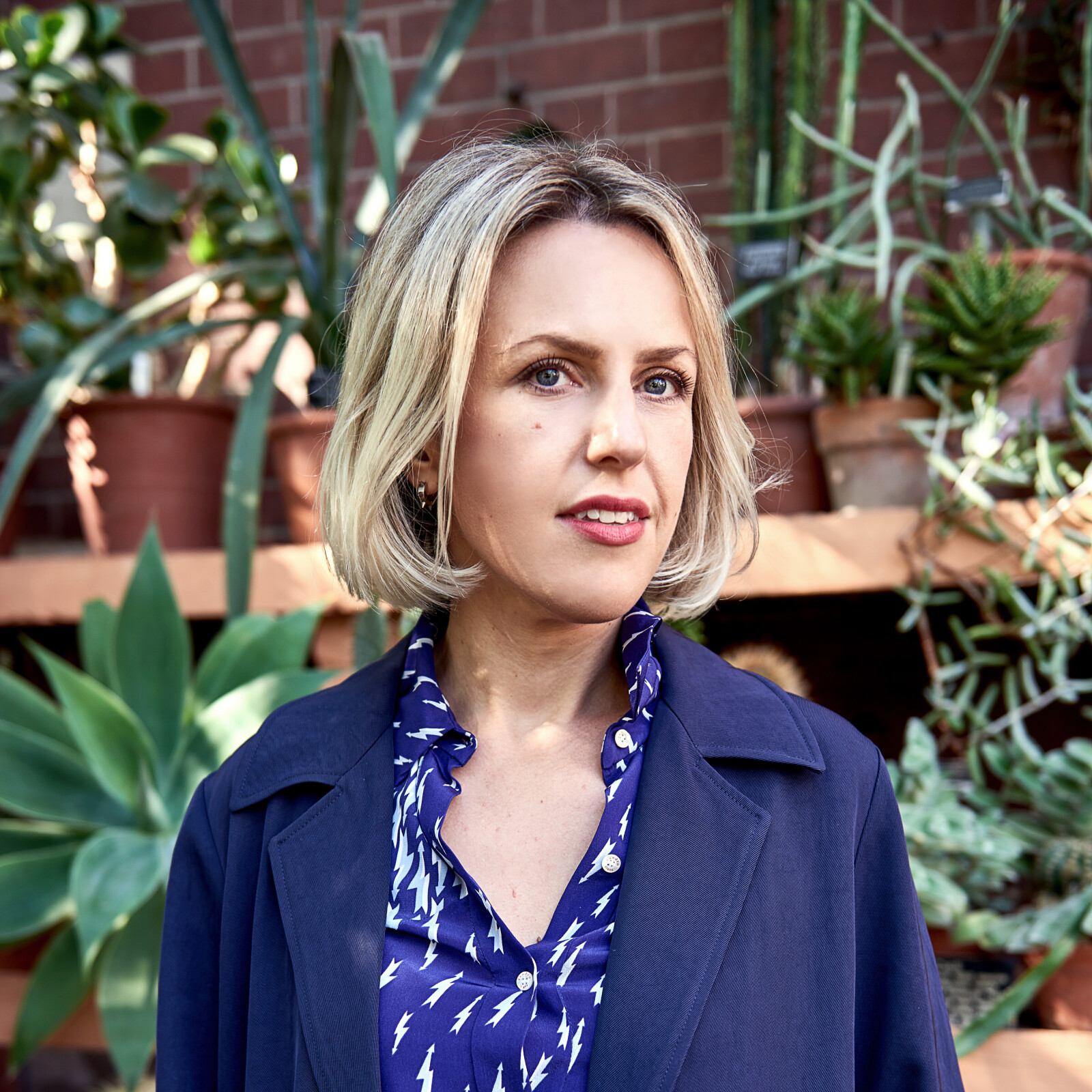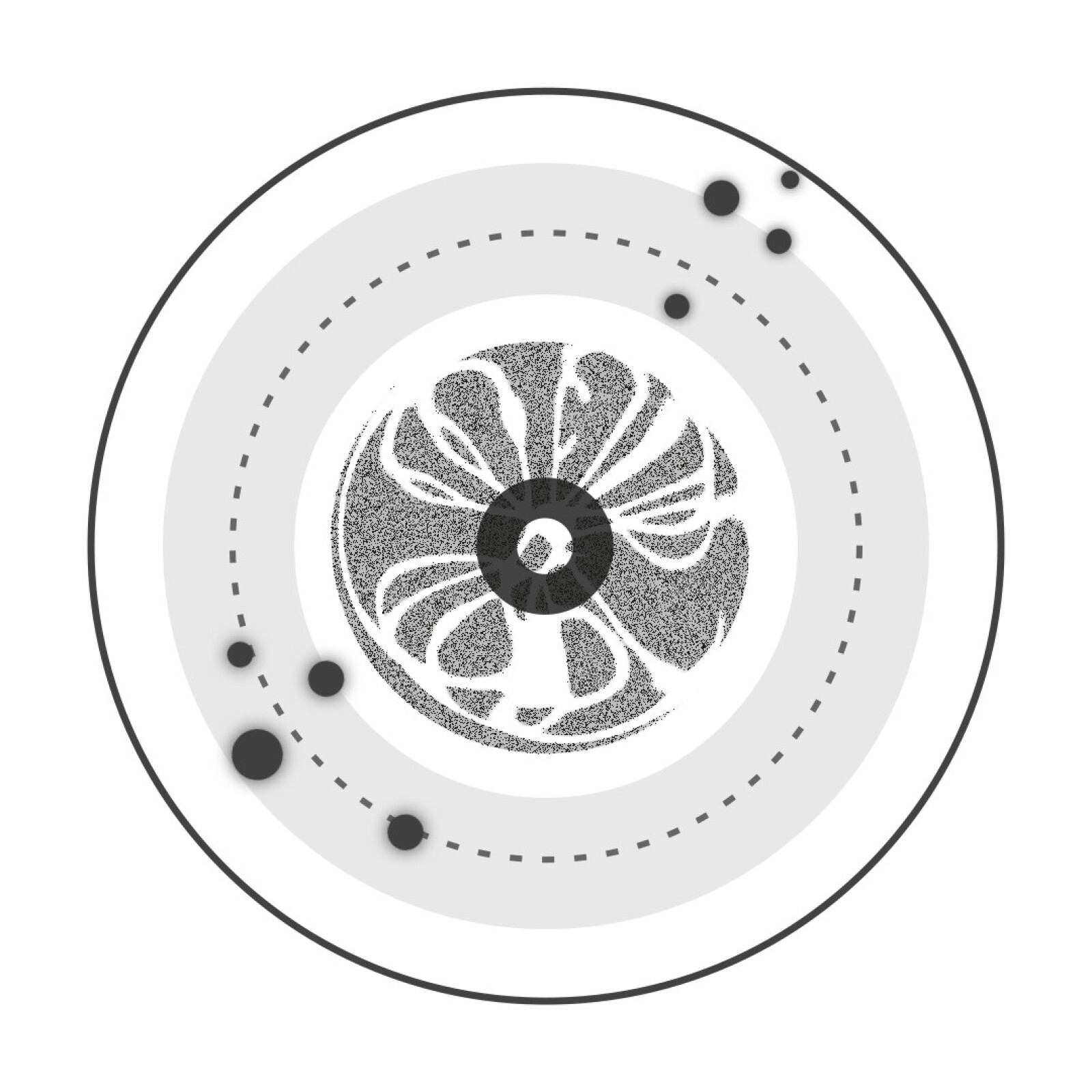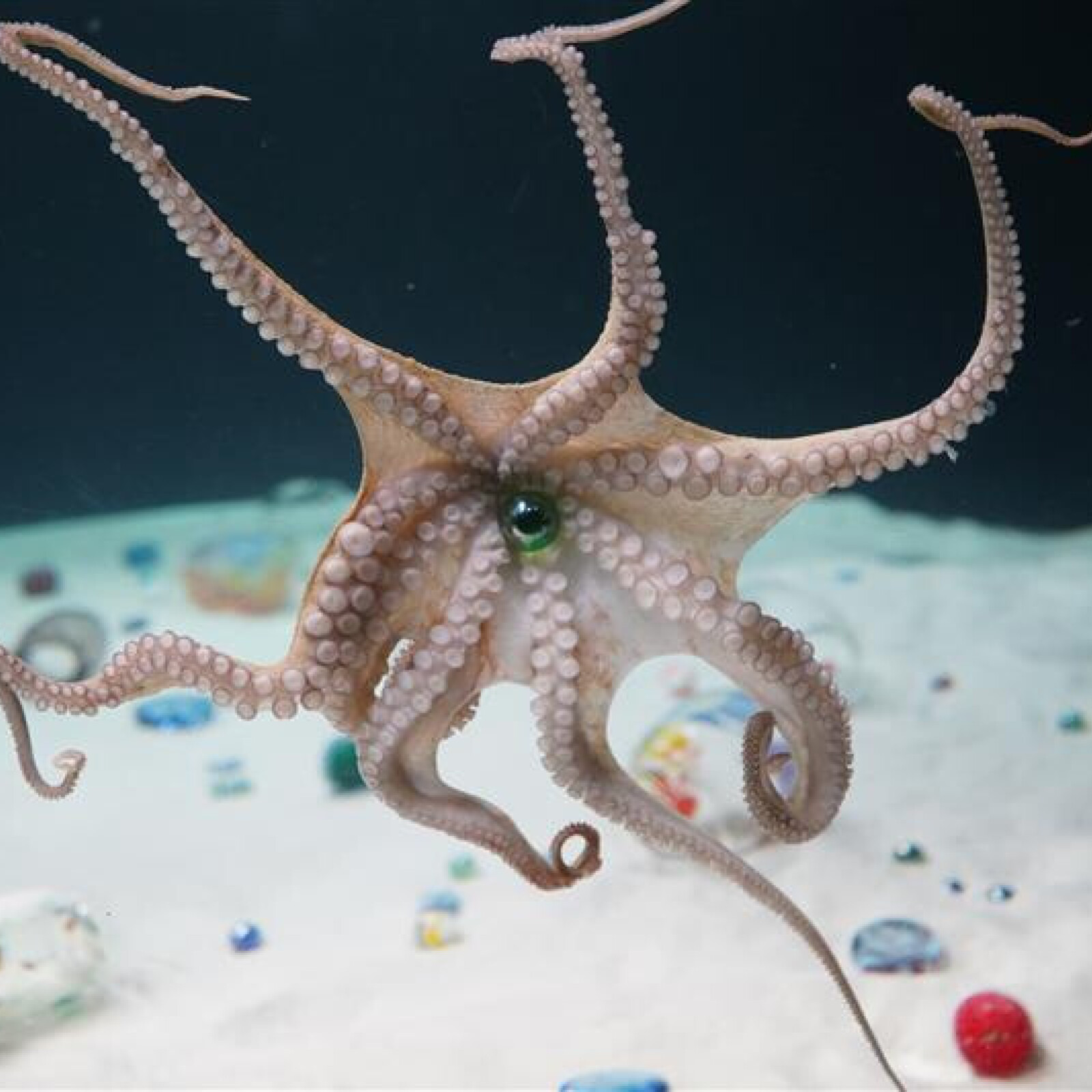In late 2024, we launched the More-than-Human Fellowships – a research grant supporting four practice-based researchers exploring more-than-human design. This emerging approach recognizes the deep interdependence between humans, other species and ecosystems. Rather than simply minimizing environmental harm, it actively restores landscapes, nurtures biodiversity, and fosters regenerative ways of living and designing.
Alexandra Daisy Ginsberg shares her research progress in this article as she explains her ongoing living artwork, Pollinator Pathmaker and the development of a large-scale tapestry, which has emerged from the same project. This tapestry, along with that of the other fellows, will be on show at the Design Museum as part of the More than Human exhibition, which opens in July 2025.
Would we give up space to remake our world for other species?
I am creating a provocation for the Design Museum: a planting plan for an edition of my ongoing living artwork, Pollinator Pathmaker (2021-). Installing this iteration of the work would mean transforming the outside landscaping of the Design Museum, radically prioritising its more-than-human visitors over human ones. Removing paving, turf, and carpeting the entire forecourt of the museum with a living artwork of thousands of pollinator-friendly plants, my plan suggests leaving only existing trees and small paths for humans to access the buildings. This is an invitation to us all to create a different present; until we do so, this artwork can only be experienced as a utopian proposition.
I have identified 1400 square metres of the Design Museum forecourt that could be planted and designed potential beds to feed into my Pollinator Pathmaker algorithmic tool, which generates unique planting schemes optimised for empathy towards pollinators. When I created this tool back in 2021, I was forced to rationalise a human emotion into algorithmic terms. I decided to define empathy as serving the maximum number of local pollinator species. Given an area to plant, the algorithm selects from regional perennial-based palettes that I curate with expert horticulturists and pollinator scientists. No matter what inputs the algorithm receives, it will always solve for pollinator diversity rather than human aesthetics.

The algorithm’s output for the Design Museum Edition is a pixelated planting plan, with each 50cm x 50cm pixel corresponding to a plant species to be planted in that location. I chose scheme #7SzzLn6GnY97DSo7hCSLMf (its randomly-generated unique identifier), trying not to be swayed by my own aesthetic preferences. This particular design features 7819 plants of 66 different plants species, combined to support bees, ants, moths, butterflies, beetles and more over the seasons, arranged to suit their various foraging patterns.
For the More Than Human exhibition, I’m proposing an alternative world, and I’ve created an eight-metre tapestry to draw us into pollinators’ experience of it. Titled Pollinator Pathmaker: Perceptual Field 7SzzLn6GnY97DSo7hCSLMf, the tapestry will take us through the seasons of the plantable artwork, from spring, summer, autumn, winter and back into spring, presented from the pollinator perspective.
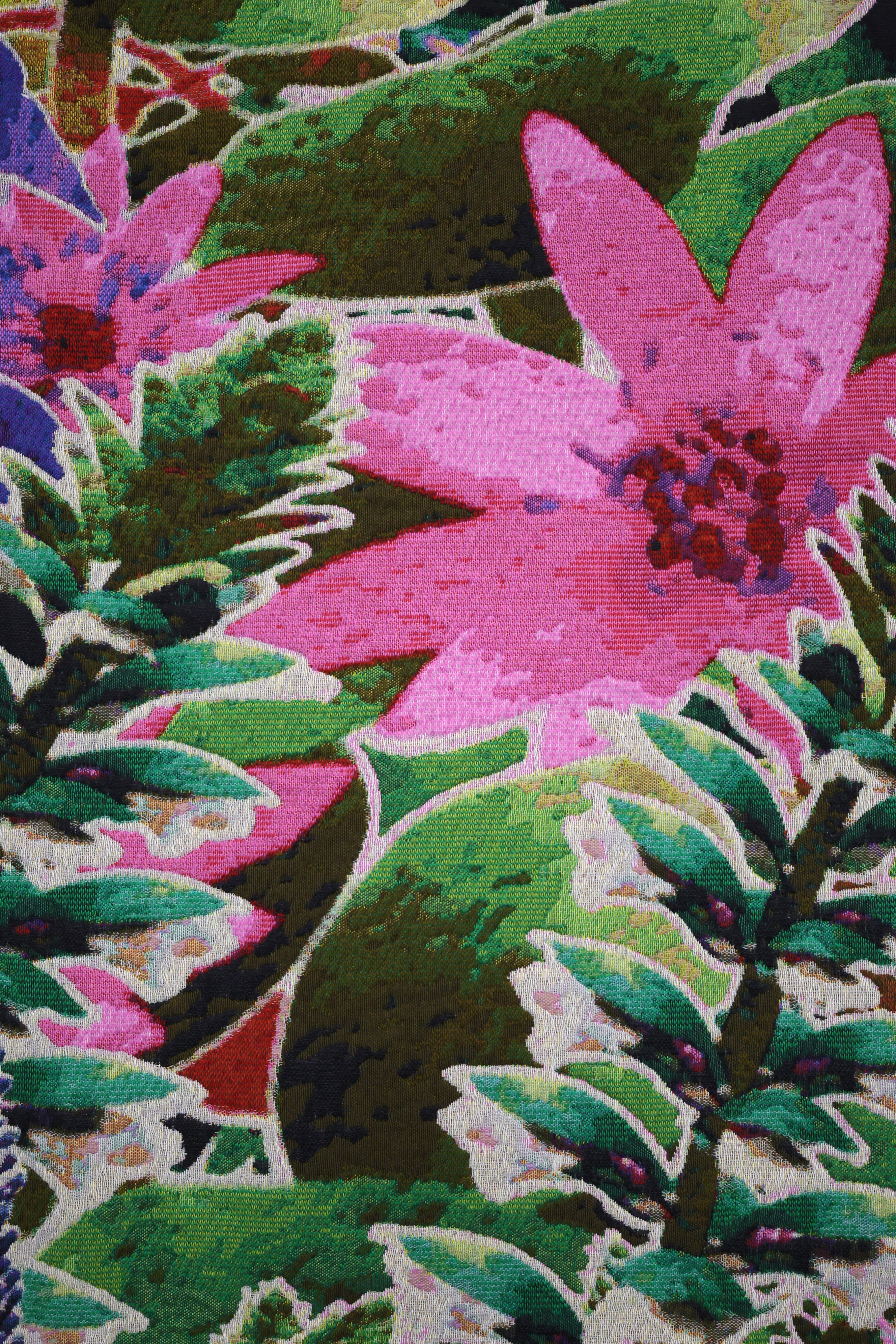
To allow humans to visualise my Pollinator Pathmaker artworks before planting then, I digitally paint each species in the plant palettes in budding, blooming, and winter states. My visualisation tool then composites each plant in a particular scheme into a three-dimensional world that takes us through its seasons: a garden that humans can fly through and around as an insect might. You can create your own edition of the artwork and explore it on the artwork’s website www.pollinator.art. There, you will see the planting in red, green and blue colours as human eyes have evolved to sense, or you can flick on my simulated “pollinator vision” filter. A bee can’t see the colour red, but can see UV light; many butterflies can see red, green blue and UV light. My colour filter shifts the appearance of the garden as a reminder that the way we perceive the world is just one way of encountering it and to encourage empathy.
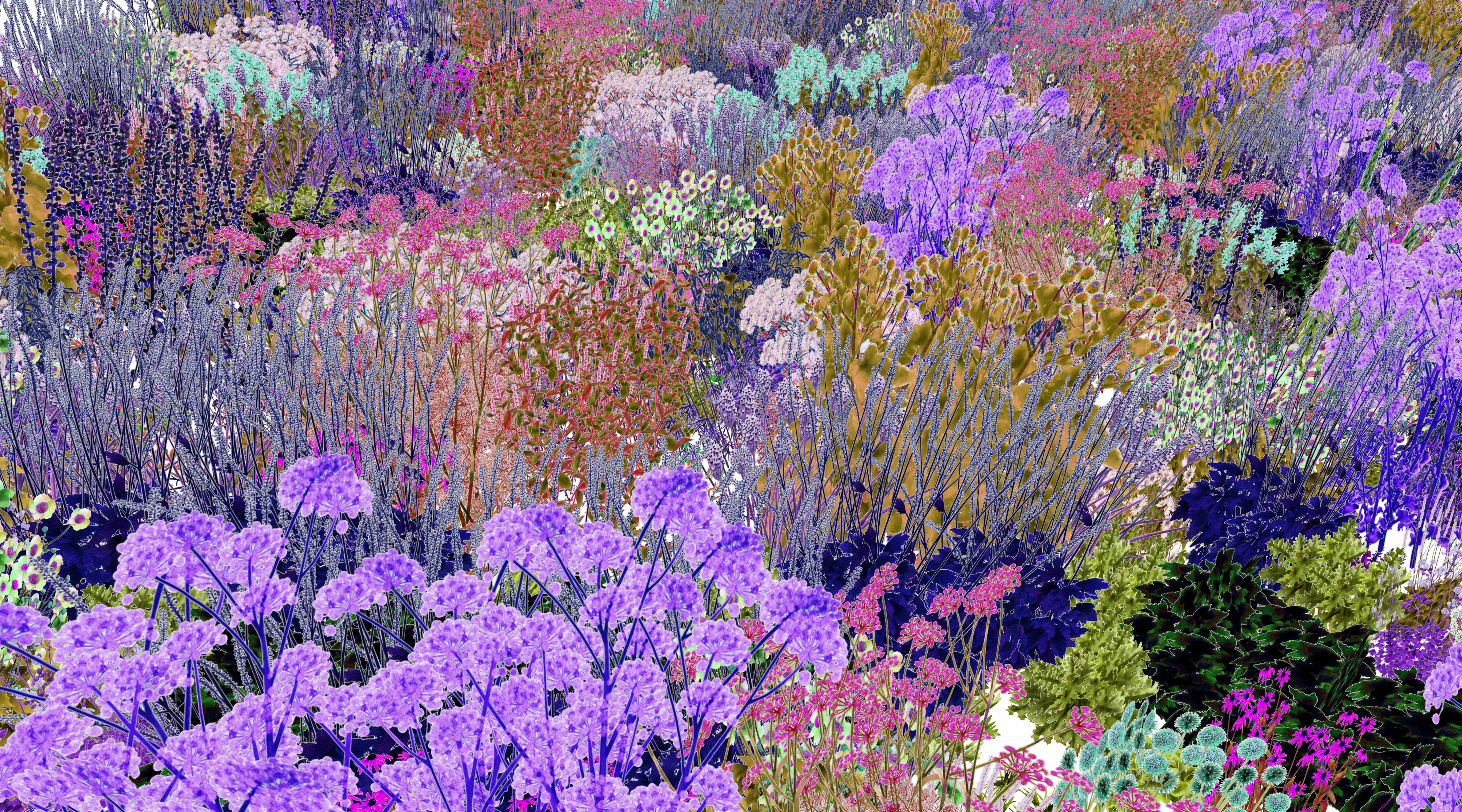
As I create the tapestry, I am immersing myself in the digital landscape of the Design Museum Edition, much like a foraging pollinator. The final work will show flowers and plants in pollinator vision, while the tapestry’s large scale will shrink human viewers to the size of pollinating insects. I want to offer an alternative perspective not only on gardens and who we plant them for, but to show that the world we have created is just one version of the what could be.

